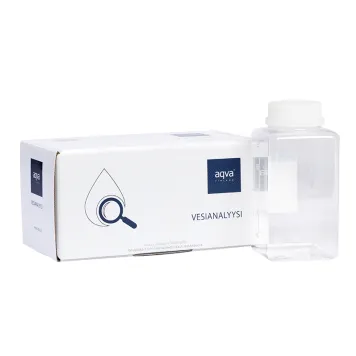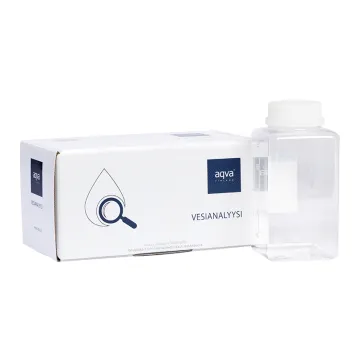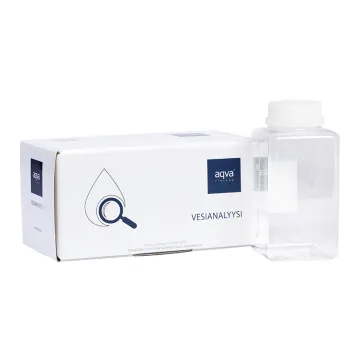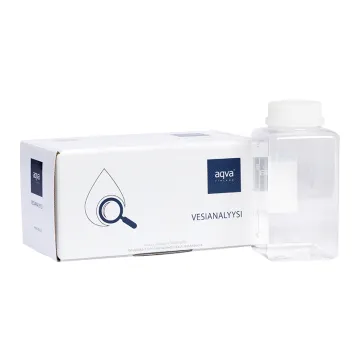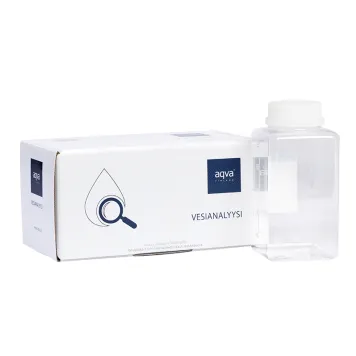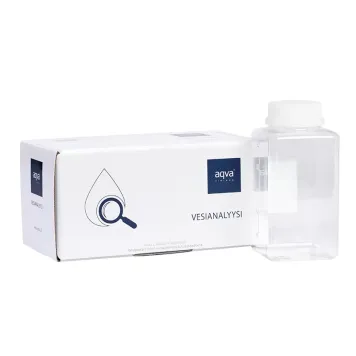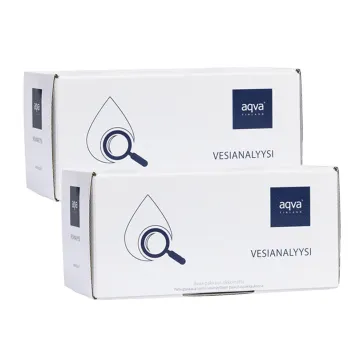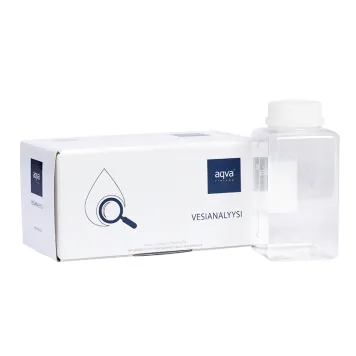Water Analyses for Well Water
Well Water Analyses
Since well water originates from rainwater and meltwater absorbed into the soil, its quality varies depending on soil characteristics. Well water quality can also change due to annual precipitation or seasonal influences. Regular quality testing is recommended every 2 to 3 years. Additionally, noticeable changes in water odor, taste, color, or suspicion of health risks are strong reasons to have the water tested.
Well Water Testing Reveals More Than the Senses
Well water quality impacts both human health and property infrastructure. For the health of people and animals, it’s critical to determine whether the water contains bacteria or soil-dissolved contaminants that may accumulate in the body. Testing can also identify impurities affecting the water’s aesthetic qualities, such as color, odor, and taste. It’s equally important to check for substances that could damage plumbing or water-using appliances, like washing machines.
Even if the water appears fine to the senses, not all harmful contaminants or bacteria can be detected without laboratory testing, making regular water analysis essential.
Choosing the Right Well Water Analysis
The appropriate well water analysis depends on the well type (drilled or dug well) and the water’s intended use, such as drinking water. For wells that have never been tested, a comprehensive water analysis or an extra-comprehensive water analysis is recommended for drilled wells. For dug wells, the Well Water Analysis + Bacteria package is advised. You can also purchase individual analyses to complement the tested parameters. Our water experts are happy to assist in selecting the most suitable water testing package!
Results are delivered quickly, within two weeks of sample receipt at AQVA’s laboratory. Learn more about well water analysis here.
Miksi Aqva?

Tilaa uutiskirje

